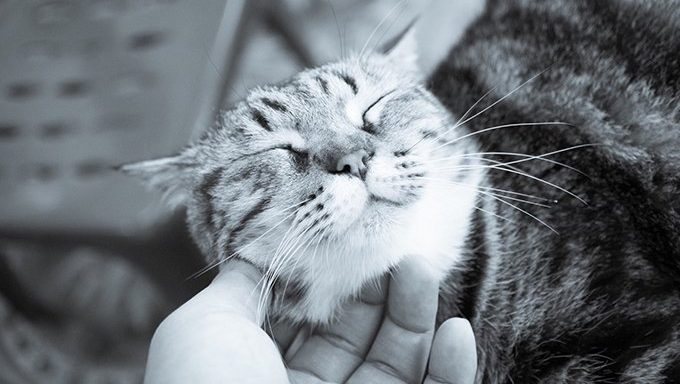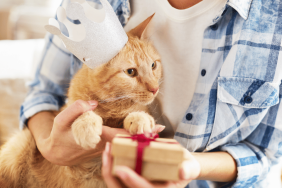Why do cats purr? It seems like a simple question with a simple answer. Cats purr because they’re happy, right?
While this is true, cats also purr for reasons aside from showing how content they are. In fact, it may be difficult to decipher exactly why your cat is purring.
However, by knowing your cat and the reasons they might purr, you may be able to piece together what they’re trying to tell you! Here’s what you should know about why cats purr and what they’re saying.
Cats Purr When They’re Happy, Of Course
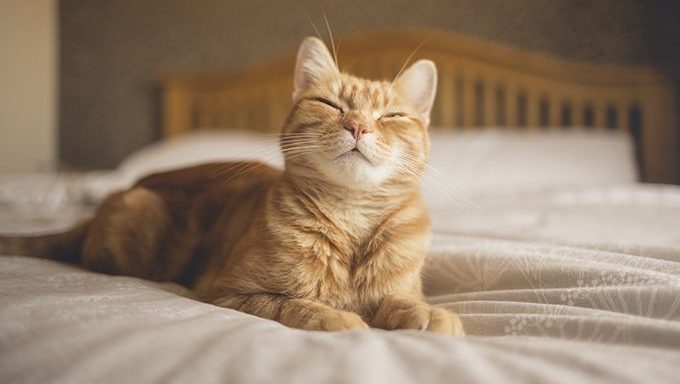
It is no secret that cats purr to show how completely blissed out they are.
It’s fairly easy to tell if your cat is purring because they’re happy. A happy purring cat will look relaxed, perhaps with a still tail and half-awake eyes.
If your cat is lounging and purring, chances are they’re very at peace with their life.
Cats Purr When They’re Nervous Or Injured
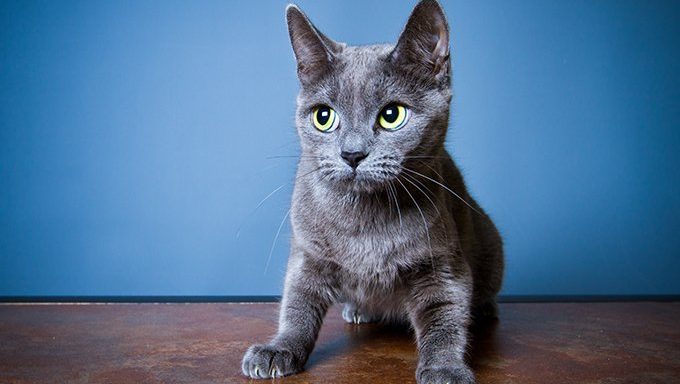
You know how some people smile when they’re nervous? Turns out, cats purr in the same way humans smile.
Sometimes, cats purr when they’re nervous or anxious. If you notice your cat’s hair on end and they’re going to an unfamiliar place like the vet, chances are their purring indicates stress.
An injury or pain can also cause stress, which can lead to anxious purring. If your cat shows signs of pain, like refusing to be touched, lying in unusual positions, or walking with a limp, their purrs may be trying to tell you that your kitty is hurting.
Cats’ nervous purring serves a real biological purpose, too. Studies have shown that the rate at which a purr reverberates through a cat’s body — between 24 and 140 vibrations per minute — can literally help cats heal themselves.
A cat’s purr can ease breathing, reduce swelling, and aid in the speedy healing of bones.
Cats Purr To Communicate
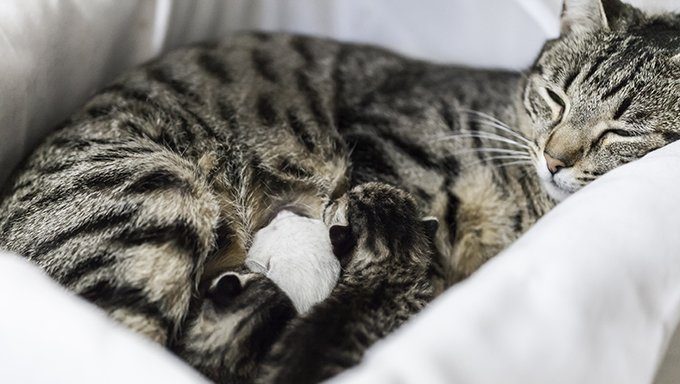
Purring is a crucial part of mother-kitten bonding. Kittens are born blind and deaf, but their mother’s purr communicates that they’re safe in this new world. Kittens will often reciprocate the purr to their mothers to show their contentment or to signal that they’re hungry.
Since purring is an innate language, both kittens and cats will use purring to also attract the attention of their human friends. Ever notice how when you’re on the phone, your cat might talk to you? Your cat can’t imagine you talking to anyone else except them!
Cats use a special purr when communicating with their humans. Studies have shown that house cats actually hide a little cry in their purrs when they’re saying they want something, like food or attention.
This particular type of purr has a similar frequency to that of a crying baby, and scientists believe cats use this purr in order to provoke our nurturing sides.
What Other Animals Purr?
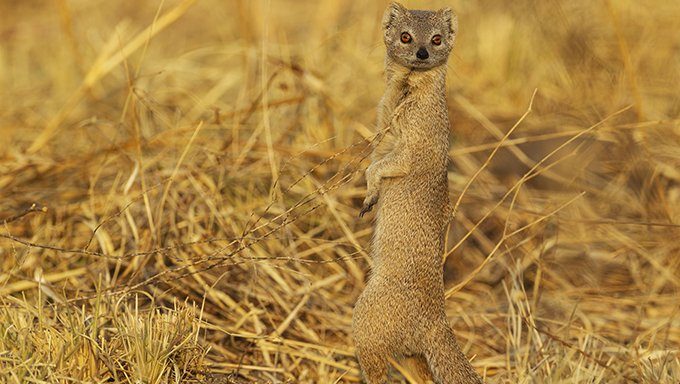
Your tabby isn’t the only animal who engages in the purr. Cats’ relatives, like the mongoose, genets, and even some wildcats, also purr to communicate different emotions and needs. Even animals not related to the cat, such as Gorillas and raccoons, also purr.
Wildcats that roar, however, are not able to purr. And your domestic house cat does not have the ability to roar. This is due to a difference in vocal chord structure, and it’s why your cat may purr when they’re anxious instead of nervously roaring!
Cat purrs are deceptively intricate. A simple sound that many people write off as a sign of contentment is actually a primal function that helps communicate a variety of emotions and needs, heals, and ensures the survival of offspring.
Is your cat an avid purr-er? What do you think they’re trying to say? Let us know in the comments below!
